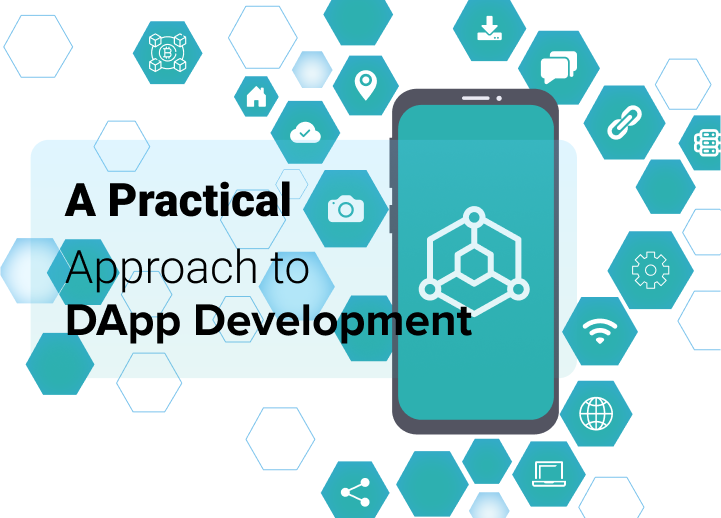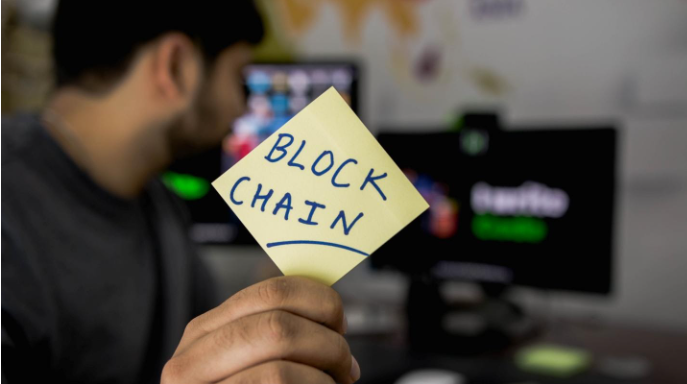
You may be familiar with DApps if you've heard and witnessed cryptocurrencies like Bitcoin and blockchain. However, if this isn't the case, don't stress; we are here to help you with all its aspects. This article is about decentralized apps, DApp development, advantages, and other criteria.
Decentralized apps built on Ethereum are the most popular among consumers out of the numerous DApps. As a result, Ethereum has been a driving force behind the widespread use of blockchain technologies. According to State of the Decentralized applications, there are 207.72K everyday active members of Ethereum-based applications.
It's a framework that enables a DApp development company to build and publish decentralized apps. Thus, developers have created over 3600 DApps, whether a gaming app, a decentralized financial service, or a social media platform.
Decentralized Applications: What Are They?
Decentralized apps are electronic programs or applications that operate on a peer-to-peer (P2P) computer network or a blockchain technology rather than on a single machine. DApps, decentralized apps, or distributed apps exist outside of the supervision and jurisdiction of a central body.
DApp development services, frequently constructed on the Ethereum platform, may be used for various applications, including gaming, banking, and social media.
Knowing About the Characteristics
After having a basic understanding of what DApps are, let's go more particular and look at the essential characteristics that define them.
● Open Source: There must be no one company controlling DApp development services. To review the source code, the project must be self-contained.
● Incentivized: It should create tokens to confirm worth and distribute them as network incentives.
● Protocol-compliant: To provide "Proof of value," DApp stakeholders must settle on a cryptographic method. For instance, Ethereum and Bitcoin use "Proof of Work" as their consensus mechanism. However, Bitcoin plans to switch to "Proof of Stake" soon.
● Decentralized: A decentralized blockchain must be used to maintain its operating records.
● Uses Tokens: It uses Ethereum virtual machines-based decentralized assets or blockchain-based tokens.
Some Essential Advantages of DApps to Focus On
Decentralized apps have several advantages as they are not controlled by any individuals or firms and are on distributed databases. Some of the most common benefits of Ethereum DApp development are as follows:
● Privacy: As encryption algorithms are used to activate blockchain-based programs, users do not need to set up accounts or divulge their identities.
● Integrity: The data cannot be interfered with or changed since the operational records of programs are saved on blockchain technology.
● Data protection: Using blockchain-enabled cryptographic techniques, apps' operational records become immutable and irrefutable.
● No Disruption: Another fundamental characteristic is that it lacks a centralized government. This renders it almost hard to accept knockdown because the offender would have to take down many hosting networks all at once.
● No restriction: DApp development company may be deployed by anybody because the network has no authority.
What Are the Legal Consequences of DApps?
Many governments across the globe have minimal to no legislation on the Ethereum DApp development as it's still in the development stage. While its legitimacy has been largely unchallenged, countries have begun to enact new restrictions around digital currency. Cryptocurrencies are only prohibited in 4% of the participating nations despite popular belief that they are illegal.
Other countries do not explicitly restrict residents from utilizing digital tokens as money, commodities, or property. It is also worth mentioning that many decentralized apps don't need you to use the digital money that comes with them.
Stepwise Procedures to Develop a DApp
DApps are a way to increase openness, privacy, and efficiency in the digital world. Now that you have grasped the notion of DApps and their applications, you're probably interested in DApp development. So below is stepwise guidance to develop decentralized apps:
1. Identify the Challenges
Highlight the problems you have to tackle before you start developing a DApp. For example, examine if you want to scrap your application's centralization and third-party dependencies and build through with a distributed network.
2. Proof of Concept
The next stage is to validate the DApp's concept and demonstrate its capabilities. Then, evaluate with a small amount of money before depositing a large number. This aids them in detecting any flaws and addressing them before the market launch.
3. Choose a Blockchain
In this step, go on to find the ideal shared ledger. This is the next stage in putting your strategy into action. Look for a blockchain that meets your needs by making a checklist. Each blockchain has its own set of benefits and drawbacks. For example, Ethereum is the most widely used blockchain for DApps. In this situation, users must acquire the DApp's unique token to connect with it.
4. Deploy Your Application
You're ready to deploy your DApp in the market following the testing. However, you should take care not to rush into things during the stages of development. Nevertheless, give it your best shot because once you've started on the server-side, you won't be able to modify anything.
Final Thoughts
As consumers and businesses realize the actual value of decentralized apps, their acceptance is progressively growing. Furthermore, because of the creativity and ingenuity of developers, decentralized apps have progressed significantly over time.
This post covered all you need to know about building a DApp. We've addressed its key features and benefits and a step-by-step guide to creating a decentralized app. So, read the post carefully to clear all your doubts.
